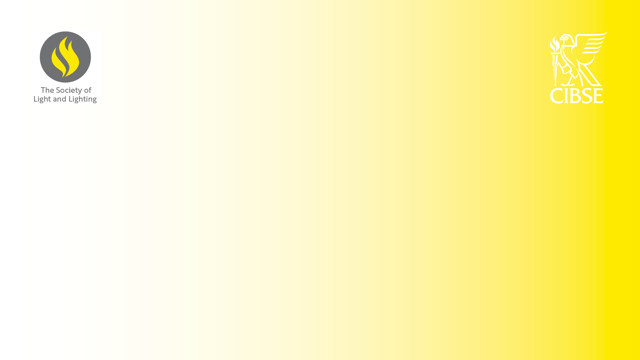
This title was reviewed and updated in October 2018; the PDF version available for download here incorporates all changes. If you have purchased the hard copy version, please contact [email protected] for a copy of the addenda.
For reference, changes were made to the following pages: 6, 8, 12, 20, 33, 37, 39, 42, 47, 49, 55, 61, 63, 66, 71, 72, 75, 78, 81, 82, 93, 94, 99, 100. Minor changes made to other pages are only to correct the layout.
---------------------------------------------------------------------
This 2012 edition of Lighting Guide LG1 replaces the previous 1989 version.
This is the 2012 revision of the Guide on Lighting for Industry published by the Society of Light and Lighting, part of The Chartered Institution of Building Services Engineers. It is intended as an introduction to the subject of industrial lighting for lighting engineers, specifiers, users and students. It is essentially a compendium of experience. With the aim of making the guide suitable for a wide readership, the task group has concentrated upon the practical applications of lighting in industry and on giving proven solutions to practical problems.
The scope of this guide is concerned with lighting for industry. Industry is taken to be those activities involved in the production, treatment, manufacture and distribution of products. Associated areas such as offices and sales rooms are not considered in this guide. By lighting it is meant those facilities whose primary purpose is to enable people to see to perform work. Light as a direct part of the production process is not considered in this guide. Given the myriad of different products produced by industry it is impossible to consider each one separately and even if it was the resulting document would be extremely large and very repetitious. Therefore, the approach adopted here is to consider each industry separately, bringing out the specific lighting problems posed by that industry. If you cannot find a mention of the activity which interests you in this guide then examining the discussion of an analogous activity will often be worthwhile.
The guide also includes up-to-date legislation where relevant and incorporates best practice principles throughout. Individual industry characteristics have been aligned to BS EN 12464: Part 1: 2011 where possible, including the introduction of a distinction between task area and surrounding areas, and the subsequent recommendation of uniformity for those areas. Indeed, uniformity has been given far more importance throughout the Guide, with recommended minimum values in the tables appertaining to each particular industry.
Contents:
1 Introduction
2 Lighting for industry
2.1 The illuminance on the task
2.2 The plane of the task
2.3 llluminance uniformity
2.4 Obstruction
2.5 Lighting of the general surroundings
2.6 Surface reflectances
2.7 Direct glare
2.8 Glare by reflection
2.9 Colour properties
2.10 Stroboscopic effects
2.11 Environmental conditions
2.12 Maintenance
2.13 Energy consumption
2.14 Emergency lighting
3 Recommendations for interior lighting
3.1 Introduction
3.2 Workshop unit
3.3 Fuel industries
3.4 Metal manufacture
3.5 Ceramics
3.6 Chemicals
3.7 Mechanical engineering
3.8 Electrical and electronic engineering
3.9 Food, drink and tobacco
3.10 Textiles
3.11 Leather industry
3.12 Clothing and footwear
3.13 Timber and furnishings
3.14 Paper making and printing
3.15 Plastics and rubber
3.16 Distribution and storage
3.17 Ancillary areas
3.18 Techniques of visual inspection
3.19 Emergency lighting
4 Exterior lighting recommendations
4.1 Introduction
4.2 Loading bays
4.3 Outdoor working and storage areas
4.4 Factory roadway lighting
4.5 Security lighting
4.6 Railways and Tramways
4.7 Dockyards, terminals, jetties and quays
5 Equipment
5.1 Light sources
5.2 Luminaires
5.3 Control systems
5.4 Maintenance of lighting equipment
6 Lighting design
6.1 Introduction
6.2 Objectives
6.3 Specification
6.4 General planning
6.5 Detailed planning
Appendices
Appendix 1: Light source colour
Appendix 2: Field measurements of illuminance
Acknowledgements
Task Group Chair: David Holmes (Hilclare Ltd)
Technical Editor: Peter Boyce